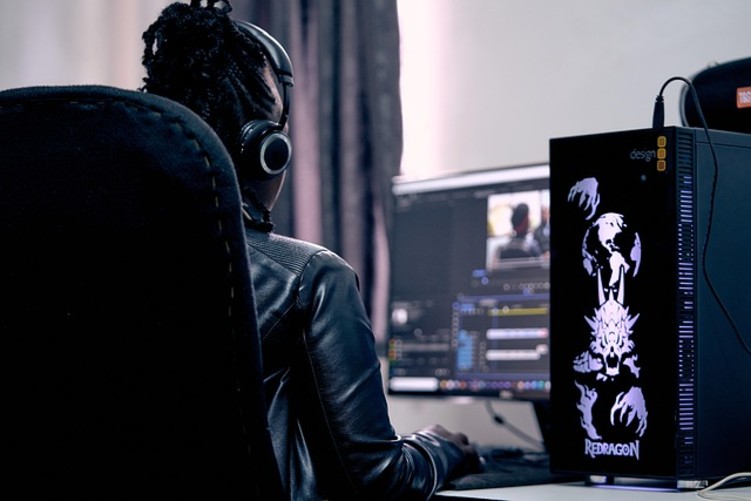


The landscape of video creation is rapidly evolving, driven by advancements in artificial intelligence. Among the frontrunners in this arena are tools like Sora, Runway ML, and Pollo AI. Each of these platforms offers unique features and capabilities, catering to different user needs and preferences. As we delve into the intricacies of these AI video generators, we'll explore their strengths and weaknesses, use cases, and the ethical considerations surrounding their use.
AI video generators leverage machine learning algorithms to create videos from text prompts, images, or existing video content. This technology has gained traction due to its ability to streamline the video creation process, making it accessible to a broader audience, including marketers, filmmakers, and content creators.
The surge in interest for AI video generation can be traced back to significant developments, particularly OpenAI's introduction of Sora. This model has set a new standard for quality and efficiency, prompting competitors like Runway ML and Pollo AI to enhance their offerings. The competition has sparked innovation, resulting in tools that are not only powerful but also user-friendly.
Developed by OpenAI, Sora has garnered attention for its impressive video generation capabilities. It stands out due to its sophisticated algorithms that produce high-quality outputs, making it a top choice for professionals in the creative industry.
Pros:
Cons:
Runway ML is another prominent player in the AI video generation space. Known for its versatility, it caters to a wide range of creative needs, from animation to realistic video creation.
Pros:
Cons:
Pollo AI distinguishes itself by offering an all-encompassing platform for video generation. It integrates multiple AI models, providing users with a comprehensive toolset for diverse video creation tasks.
Pros:
Cons:
AI video generators are not just a novelty; they have practical applications across various industries. Here are some notable use cases:
Marketers can leverage AI video generators to create promotional content quickly and cost-effectively. By inputting product descriptions or campaign themes, they can produce engaging videos that resonate with their target audience.
Filmmakers can use these tools to visualize scenes before shooting, allowing for more efficient planning and collaboration. Additionally, content creators can produce high-quality videos for social media platforms without extensive technical expertise.
AI-generated videos can enhance educational materials, making complex topics more accessible through visual representation. Educational institutions can create engaging content for online courses, improving student engagement and understanding.
As with any emerging technology, the rise of AI video generators raises ethical concerns that warrant discussion.
The use of existing media as input for AI-generated videos can lead to potential copyright infringements. It's crucial for users to understand the legal implications of using copyrighted materials in their projects.
The ability to create realistic videos raises concerns about the potential for misinformation. As AI-generated content becomes more convincing, distinguishing between real and fabricated media may become increasingly challenging.
The automation of video creation may threaten traditional roles in the creative industry. While AI tools can enhance productivity, they also raise questions about the future of jobs in filmmaking, marketing, and related fields.
The future of AI video generation looks promising, with continuous advancements on the horizon. As technology evolves, we can expect even more sophisticated tools that will revolutionize the way we create and consume video content.
Future AI video generators may offer greater customization options, allowing users to create interactive videos that respond to viewer input. This could transform storytelling and marketing strategies, making content more engaging and personalized.
As virtual and augmented reality technologies advance, AI video generators may integrate these capabilities, enabling users to create immersive experiences that blend the digital and physical worlds.
With the continued development of user-friendly AI tools, content creation will become accessible to an even broader audience. This democratization could lead to a surge in creativity and innovation across various industries.
In summary, AI video generation is reshaping the landscape of content creation. Tools like Sora, Runway ML, and Pollo AI each offer unique features that cater to different user needs. As we navigate the opportunities and challenges presented by these technologies, it's essential to remain mindful of the ethical implications and strive for responsible use. The future is bright for AI video generation, and we can expect exciting developments that will continue to transform the way we tell stories and share ideas.
Click to read more ...
Best Dream Car requests your location to offer personalized results and improve your experience.
Would you like to allow location access?